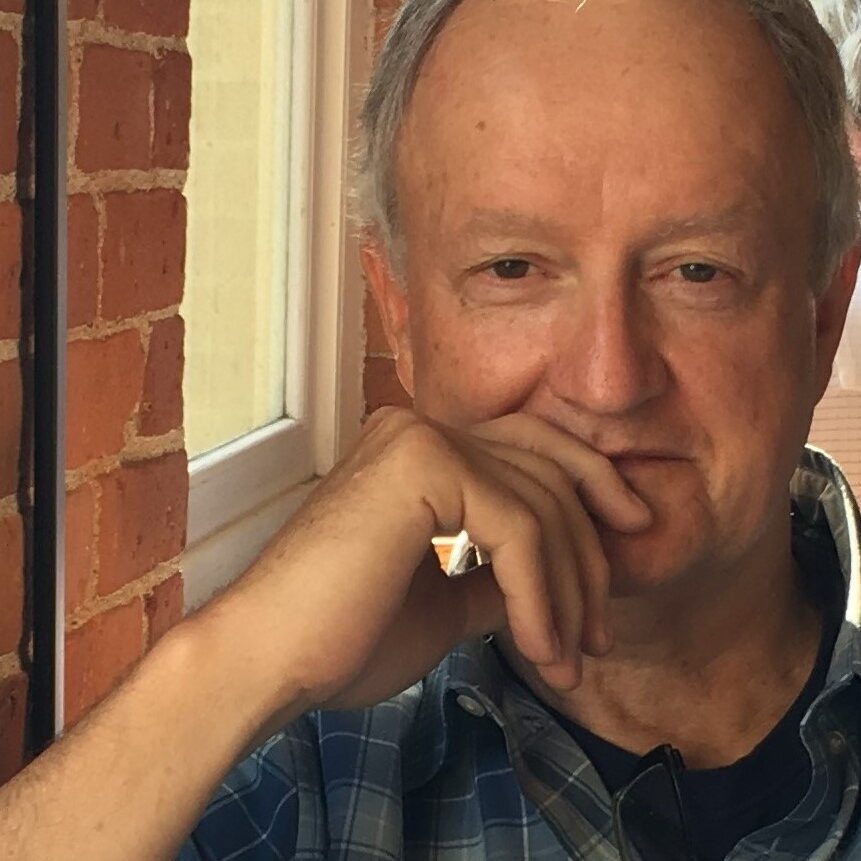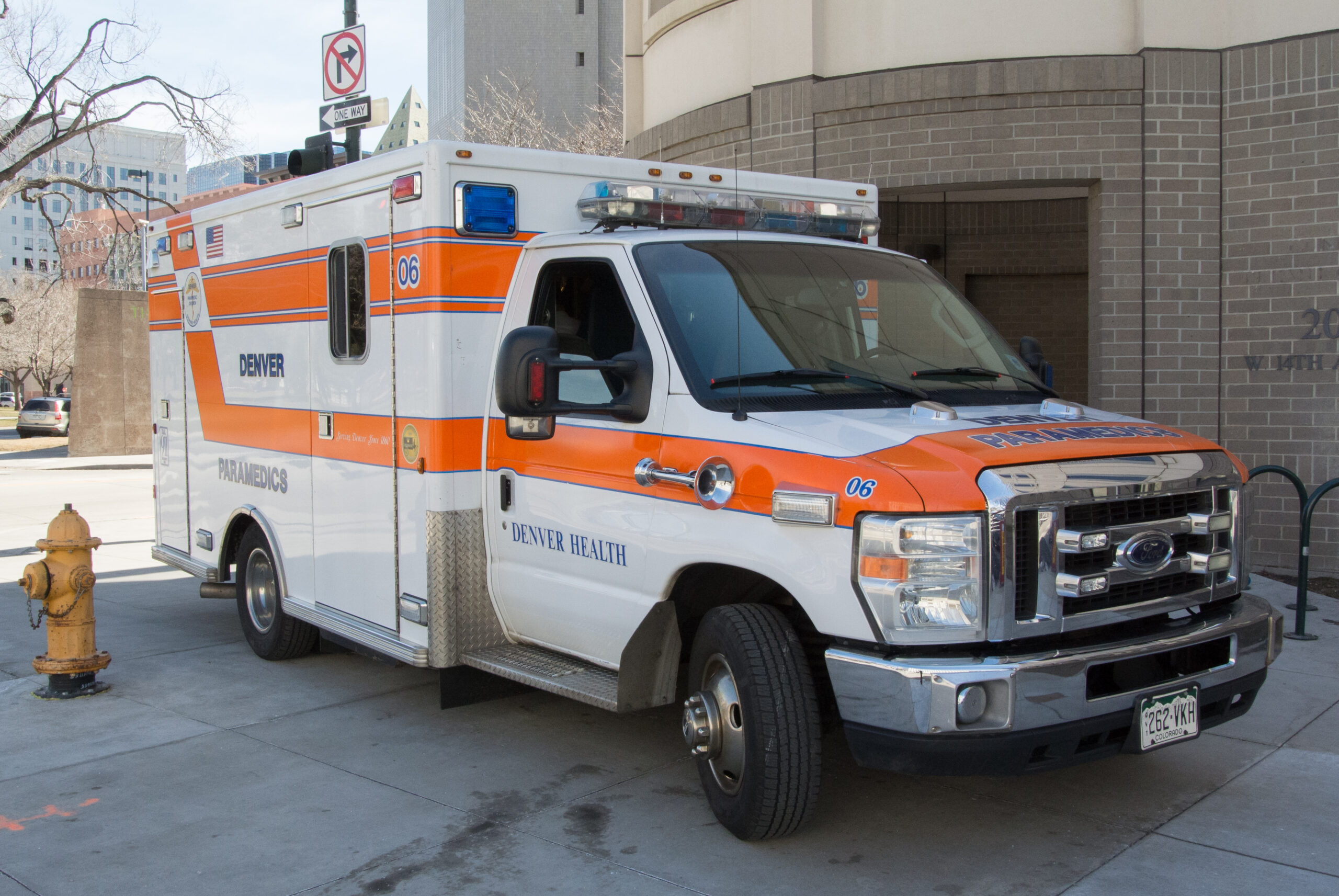
Roy Anthony Scott’s death is not an anomaly.
The Howard Center for Investigative Journalism in collaboration with The Associated Press identified 11 other deaths after non-shooting police encounters in Nevada from 2012 through 2021. Like Scott, who died in 2019 after an encounter with Las Vegas police, four of the dead had histories of mental illness and meth in their systems at the time of their deaths.
Those findings track broader data on national police deaths. A November 2016 study in the American Journal of Preventive Medicine found that 1 in 5 people who died in 2009-2012 police encounters — the majority of them shootings — showed signs of mental illness or drug-induced disruptive behavior.
Nevada’s largest police force, the Las Vegas Metropolitan Police Department, mandated crisis intervention training for all officers in 2014 and launched their Behavioral Health Unit (BHU) in 2021. It has also invested resources into the opioid crisis by creating an overdose response team and running a public awareness campaign about fentanyl.
But like other police agencies in the U.S, Las Vegas does not have any meth-specific trainings, even as meth has become cheaper and more potent, particularly in Nevada. The department’s policies on how to handle people in behavioral crisis call for physical restraint in order to quickly gain compliance. Experts say such tactics may be contributing to the deaths of those on stimulant drugs, like meth, cocaine and PCP, given the stress of meth on the cardiovascular system in concert with the danger of police restraint and the paranoia brought on by the drug.
“That’s the essence of the problem,” explained Richard Stripp, a forensic toxicologist and John Jay College of Criminal Justice professor, referring to drug-induced crises involving stimulants. “The things that, you know, law enforcement and health professionals will do to try to protect other individuals, to protect themselves and so forth, worsen the issue.”
New, more potent meth
While drugs like opioids and fentanyl continue to dominate the headlines, overdose deaths in the U.S. from stimulant drugs, primarily meth, have risen dramatically, nearly tripling between 2015 and 2019, according to the National Institutes of Health.
Stimulants like meth increase the activity of the brain chemicals dopamine and norepinephrine. When meth is taken, the body’s systems speed up, blood pressure rises as blood vessels contract, and the heart rate increases. Although the effects of meth begin to wear off in about 12 hours, continued use puts a lot of stress on the cardiovascular system in the long term. Chronic effects include hardening of the arteries, organ damage and heart failure.

Yet the increases in meth use and addiction have been much less dramatic than the increases in overdoses, suggesting something else is making meth more dangerous.
Richard Rawson, previously the co-director of the University of California, Los Angeles, Integrated Substance Abuse Program and an expert in treating people with stimulant use disorder, said that 20 years ago, meth was at most 50% pure and less potent. But that has since changed.
“The current methamphetamine that’s on the street is particularly damaging,” Rawson explained, because it nears levels of 100% purity and potency.
In the 2000s, the U.S. began to regulate precursor ingredients to meth, such as decongestants and cold medicines like Sudafed. Meth production largely shifted from small-scale, clandestine operations in the U.S. to super labs south of the border, according to the U.S. Drug Enforcement Administration.
One of the key routes that meth takes into the U.S. is across the southern border, in some cases, through Arizona and up to Las Vegas. A 2009 Drug Market Analysis by the U.S. Department of Justice highlights Nevada as a high-intensity drug trafficking area. The report said Las Vegas and Reno’s 40 million annual tourists, 24-hour lifestyle and cash economy made the areas particularly attractive to drug traffickers.
Today’s meth from Mexico is produced using different precursor chemicals than those found in cold medicine. This production process, known as the P2P method, isolates the drug’s d-isomer compound that is responsible for the “high” feeling. Meth that’s considered “100% potent” is made up almost exclusively of the d-isomer.
“So, the people who are now using methamphetamine, particularly those who are using daily or injecting, are really getting much bigger volumes in their brain and their bodies than they were with the old Breaking Bad methamphetamines,” Rawson explained.
When police respond to people who are high on meth, they are more likely to be exhibiting erratic and violent behavior, according to Jamie Ross, executive director of Nevada’s PACT Coalition for Safe and Drug Free Communities, a nonprofit organization that focuses on preventing substance misuse.

“There is a new and more potent meth,” she said. “And, anecdotally, when I talk to treatment folks, they say that psychosis is increasing.”
Meth-induced psychosis can vary in severity and duration. Dr. James Walsh, a family physician who specializes in addiction treatment in Seattle, says the symptoms range from “some vague paranoia like, ‘They’re coming to get me,’” to “hallucinating and seeing and hearing things.”
If someone has a mental illness like schizophrenia, which makes people prone to psychosis, “then meth makes it worse,” he added.
Data from the U.S. Centers for Disease Control and Prevention indicates that meth use often coincides with mental illness, and some who work with this population say people may use illicit drugs to self-medicate untreated or under-treated mental health issues.
But while meth use can lead to psychosis and long-term organ damage, experts disagree on whether meth intoxication alone can kill a person.
“There’s been a lot of reports of increasing methamphetamine deaths. I have, honestly, a little skepticism about that,” Walsh said. “The numbers on autopsies are super unreliable.”
He cited the seminal research of Dr. Steven Karch, a forensic pathologist who for decades studied the effects of drug use on the heart. In his book Karch’s Pathology of Drug Abuse, he wrote that meth levels taken from body tissue during autopsies were “questionable at best,” because upon death, blood redistributes in the body, making postmortem blood samples unrepresentative of blood levels in someone who is alive.
“So often, if you die and there’s meth on board, they’re going to report it as a meth death,” Dr. Walsh said. “That makes me really nervous, especially if they’re in police custody, honestly, because there’s obviously motivation there.”
Reporter Taylor Stevens contributed to this story. It was produced by the Howard Center for Investigative Journalism at Arizona State University’s Walter Cronkite School of Journalism and Mass Communication, an initiative of the Scripps Howard Fund in honor of the late news industry executive and pioneer Roy W. Howard. Contact us at howardcenter@asu.edu or on X (formerly Twitter) @HowardCenterASU.






